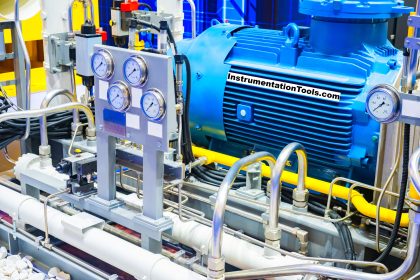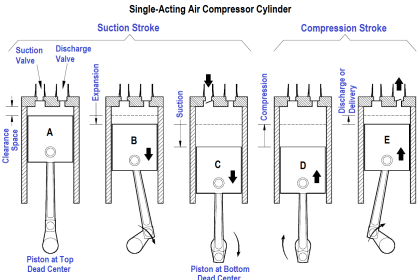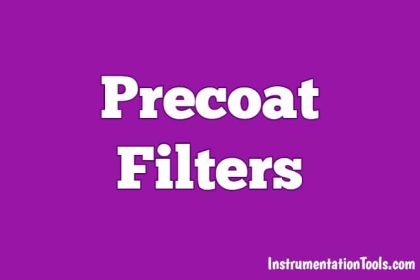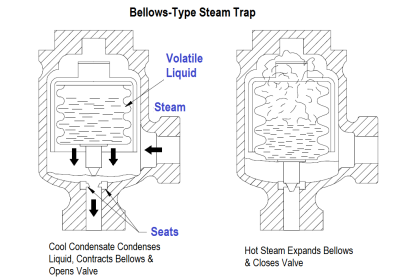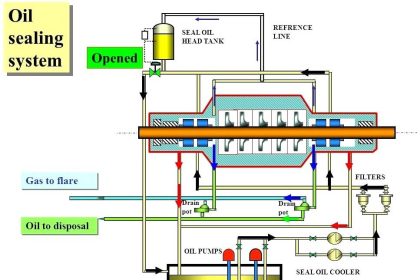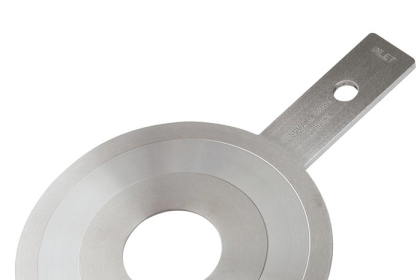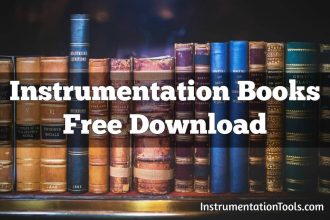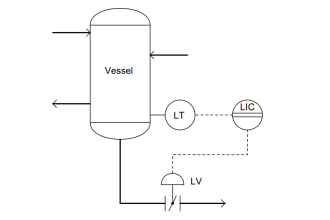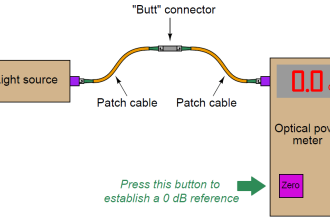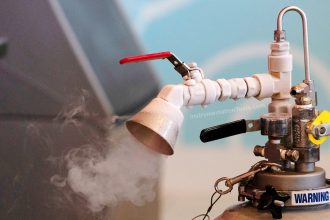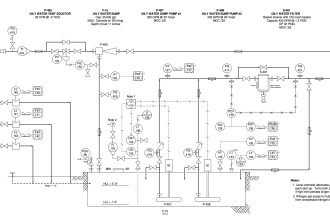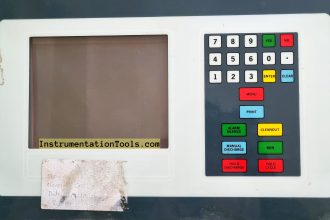The primary function of a boiler is to produce steam at a given pressure and temperature. To accomplish this, the boiler serves as a furnace where air is mixed with fuel in a controlled combustion process to release large quantities of heat. The pressure-tight construction of a boiler provides a means to absorb the heat from the combustion and transfer this heat to raise water to a temperature such that the steam produced is of sufficient temperature and quality (moisture content) for steam loads.
Boilers
Two distinct heat sources used for boilers are electric probes and burned fuel (oil, coal, etc.) This chapter will use fuel boilers to illustrate the typical design of boilers. Refer to Figure 9 during the following discussion.
The boiler has an enclosed space where the fuel combustion takes place, usually referred to as the furnace or combustion chamber. Air is supplied to combine with the fuel, resulting in combustion. The heat of combustion is absorbed by the water in the risers or circulating tubes. The density difference between hot and cold water is the driving force to circulate the water back to the steam drum. Eventually the water will absorb sufficient heat to produce steam.
Steam leaves the steam drum via a baffle, which causes any water droplets being carried by the steam to drop out and drain back to the steam drum. If super-heated steam is required, the steam may then travel through a super-heater. The hot combustion gasses from the furnace will heat the steam through the super-heater’s thin tube walls. The steam then goes to the steam supply system and the various steam loads.
Some boilers have economizers to improve cycle efficiency by preheating inlet feedwater to the boiler. The economizer uses heat from the boiler exhaust gasses to raise the temperature of the inlet feedwater.
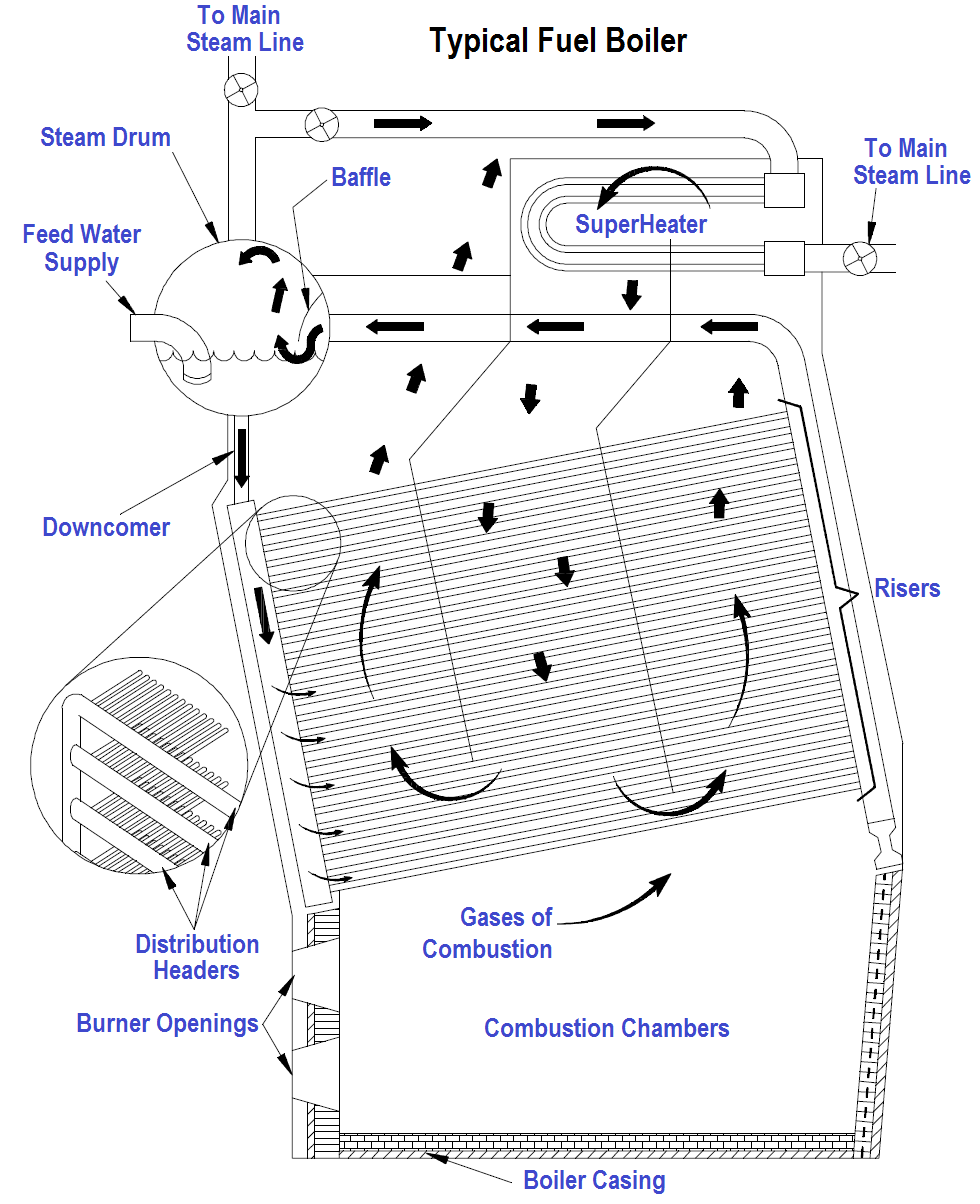
Figure 9 Typical Fuel Boiler
Fuel Boiler Components
Figure 9 illustrates a typical fuel boiler. Some of the components are explained below.
Steam drum – The steam drum separates the steam from the heated water. The water droplets fall to the bottom of the tank to be cycled again, and the steam leaves the drum and enters the steam system. Feedwater enters at the bottom of the drum to start the heating cycle.
Downcomers – Downcomers are the pipes in which the water from the steam drum travels in order to reach the bottom of the boiler where the water can enter the distribution headers.
Distribution headers – The distribution headers are large pipe headers that carry the water from the downcomers to the risers.
Risers – The piping or tubes that form the combustion chamber enclosure are called risers. Water and steam run through these to be heated. The term risers refers to the fact that the water flow direction is from the bottom to the top of the boiler. From the risers, the water and steam enter the steam drum and the cycle starts again.
Combustion chamber – Located at the bottom of a boiler, the combustion chamber is where the air and fuel mix and burn. It is lined with the risers.
